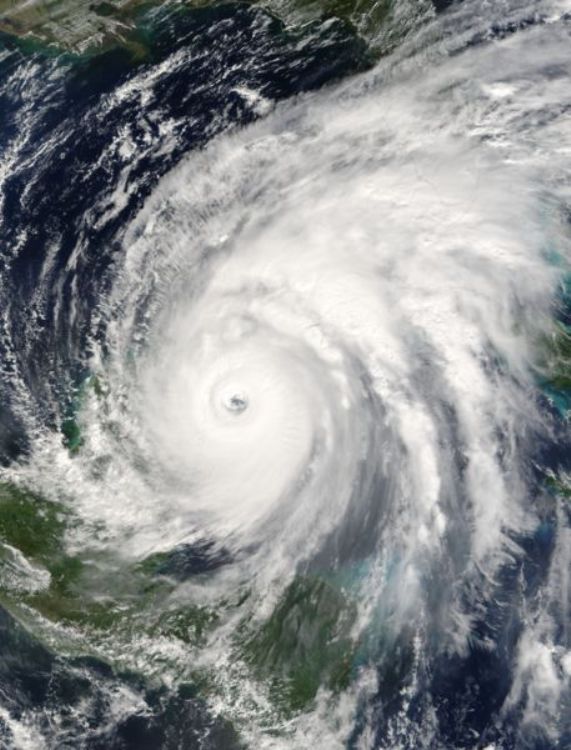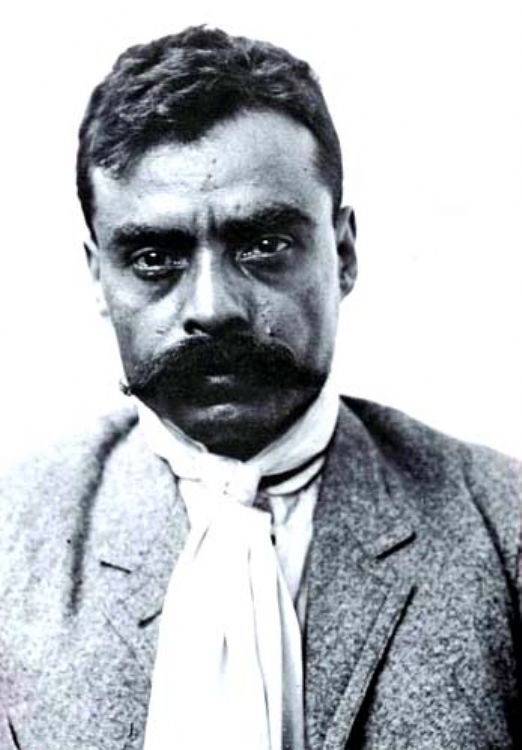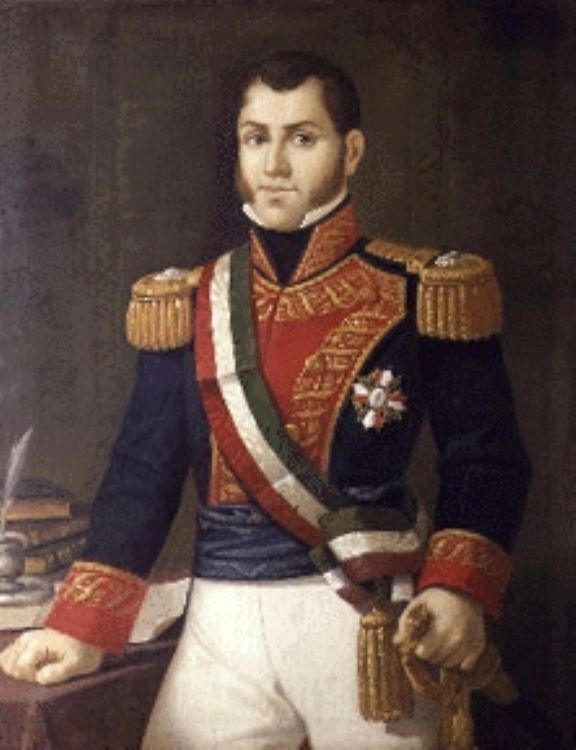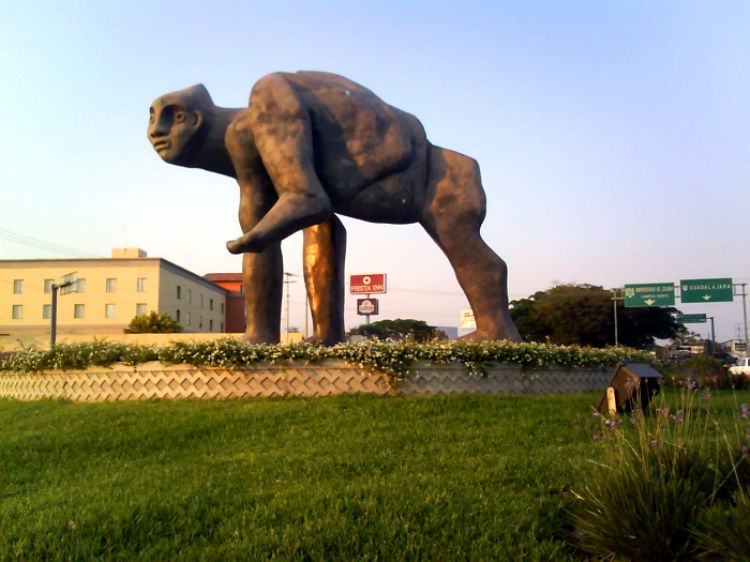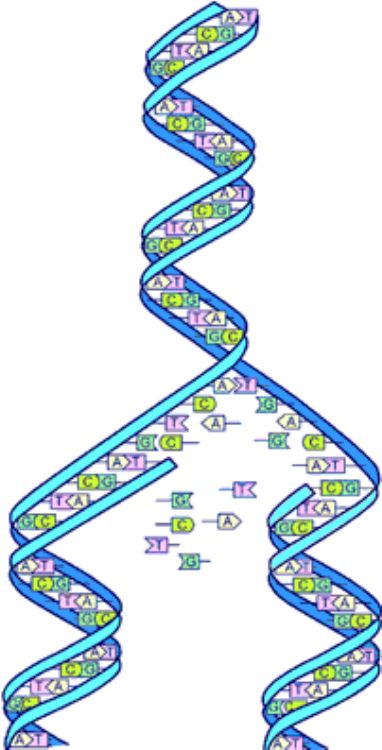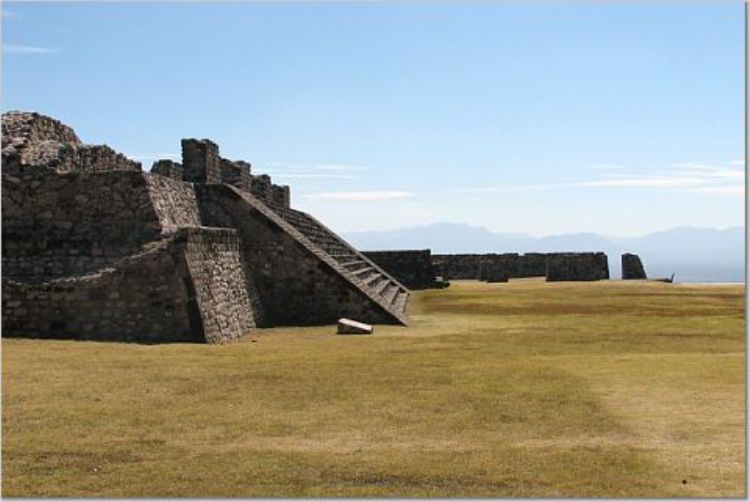The Mexican Revolutionâs Main Characters
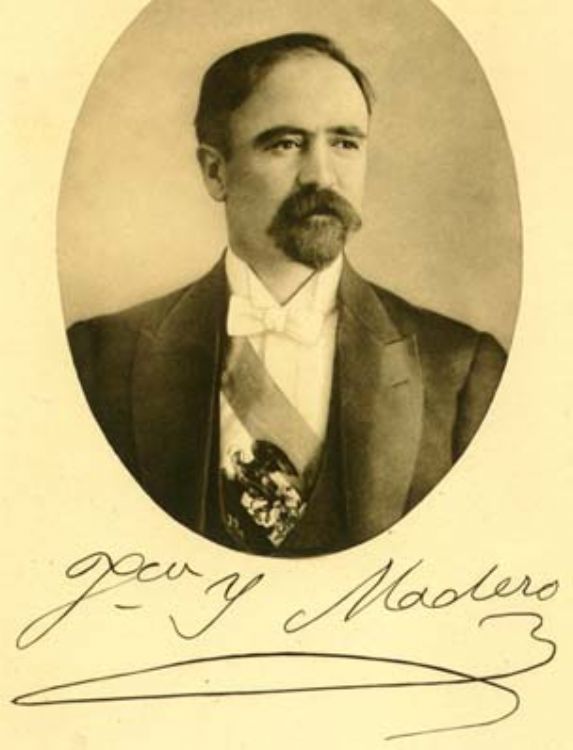
The Mexican Revolution has been one of the political-social movements of greatest influence in the countryâs life. It represents the organization of lower classes to overthrow a system of work exploitation and economic inequality formed throughout the many decades of the government represented by Porfirio Díaz. Revolutionary movements, however, canât be carried out without economical means, an ideology and leadership that effectively direct the insurrect towards concrete goals.
In the case of the Mexican Revolution, much can be said about politicians and ideologists. Francisco I. Madero who represented political opposition in the presidential elections, supported by a European liberal ideology and considering that the fundamental reason for governments is to promote the development of the citizens it governs. Among other characters, there are outstanding liberal figures, who supported the candidacy of Madero, and also those who through their own resources established a system of alliances to support the movement and promote its ideas. The case of the Flores Magón brothers must be mentioned.
Ricardo, Jesús and Enrique Flores Magón are outstanding personalities, they started their activities against the regime of Porfirio since 1892, when they organized student groups to criticize the government, however, they directed their stance more formally in newspapers such as El Demócrata, Regeneración and the emblematic El Hijo de Ahuizote, which became the ideological trenches of those against reelection. Although one of them, Jesus, was openly in favor of Madero, the path of the Flores Magón canât be understood in the shadow of any politician, but rather acting with their own effort and economic resources to criticize, promote and achieve the conscience of Mexicoâs 20th century and end the dictatorship. Therefore, they were the precursors of Partido Liberal Mexicano (Mexican Liberal Party) which represented an important political opposition to the reelection of Díaz.
Other characters, less frequently mentioned, are for example Aquiles Serdán, who was part of the Anti-Reelection Party, who together with his sister Carmen, in support of Madero began hiding weapons, which finally cost him his life. However, this was extremely important for the movement because figures like these who kept the revolutionâs path alive in a clandestine manner.
Other personalities, maybe more relevant because they were in charge of military campaigns and the importance of their leadership, were without a doubt José Doroteo Arango, better known as Pancho Villa, and Emiliano Zapata. The former continued almost until the revolutionâs triumph, but was murdered in 1923. He headed the revolution in the countryâs north, from his native Chihuahua, and in all the surrounding States his troops had great achievements. Contrary to Emiliano Zapata, Villa believed the movement should not abandon the revolutionary government; however, Zapata stopped believing this as soon as he had his first victories and it was possible to speak about handing out the land, which was his main motivation. The truth is that Emiliano Zapata believed the most important part of the struggle was for the government of Venustiano Carranza to show commitment with the farmerâs cause and accept the Plan of Ayala, situation that never happened and created the rebellion of Zapata against Carranza. He died in 1919 without being able to see the success of his Land and Freedom dream.
Artículo Producido por el Equipo Editorial Explorando México.
Copyright Explorando México, Todos los Derechos Reservados.
Foto: Wikipedia.org

